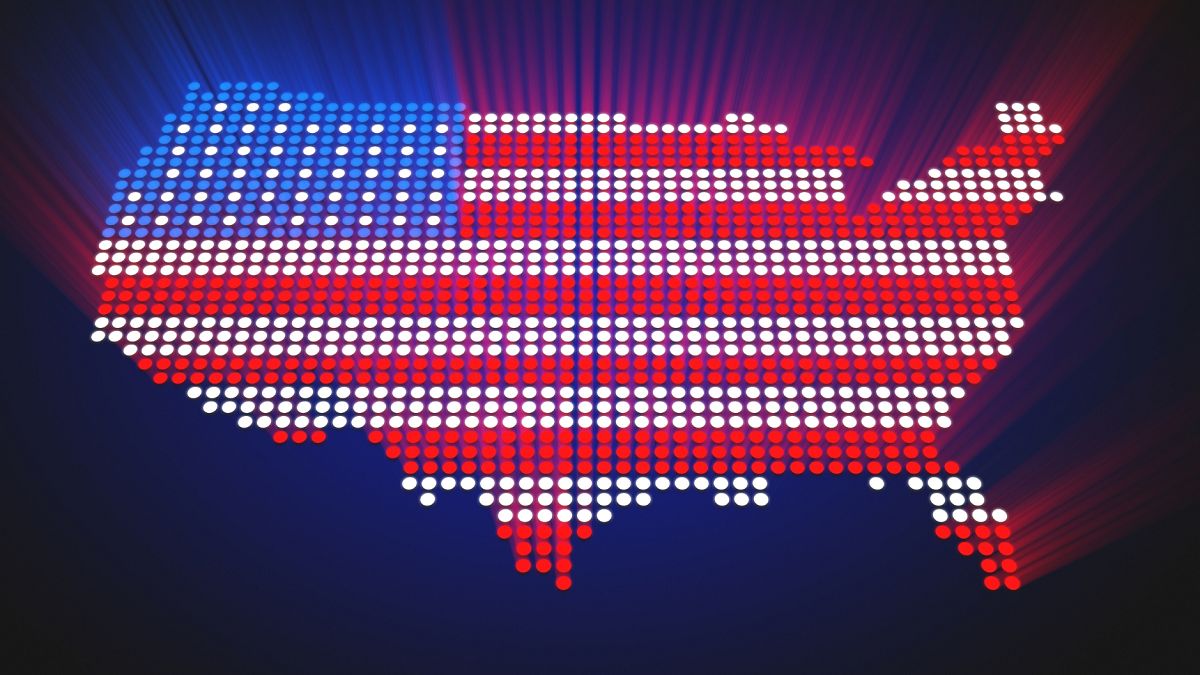As the election nears, the US is once again confronting questions about the Electoral College system. A candidate needs 270 electoral votes to win, and a mere handful of swing states determine the outcome.
With the US presidential election almost here, the debate on the Electoral College system has flared up again.
The president is chosen every four years not just by the electorate but indirectly via the college, a system established by the framers of the Constitution.
In modern elections, a candidate must obtain a minimum of 270 electoral votesfrom the states to claim victory. The framers set it up to give more power to the states, and as a compromise to avoid having Congress decide the winner.
As a result, the story of past presidential elections is most effectively illustrated through state-by-state breakdowns.
Below, you can see the balance of each state’s popular vote in every election since 1924. Blue represents the Democrats, red the Republicans, and the top bar the total votes for other parties or individual candidates.
(Note that Hawaii and Alaska only became states in 1959, while the District of Columbia has only had electoral votes since the 1964 election).
As seen in the chart below, some states are remarkably uncompetitive. In South Dakota, for example, Democrats have won it in only 5 presidential elections since the state was admitted to the union in 1889.
States such as Maryland, Minnesota and Massachusetts are Democratic strongholds, while Republicans have become dominant in much of the southeast and in western states.
While the Democrats have fewer states firmly in their column, those they do count on collectively carry a high number of electoral votes. Conversely, while Republicans reliably run up huge margins in states like Wyoming and Idaho, those are among the least populous states in the country and thus carry less weight in the electoral college.
This means the Republicans have to keep a large number of states on side while peeling as many states away from the Democrats as possible in order to win — and in recent years, medium-sized “purple” states like Arizona, Georgia and North Carolina have begun trending the Democrats’ way, with little sign that strongly blue states are moving in the other direction.
Additional sources • Graphics by Kamuran Samar

